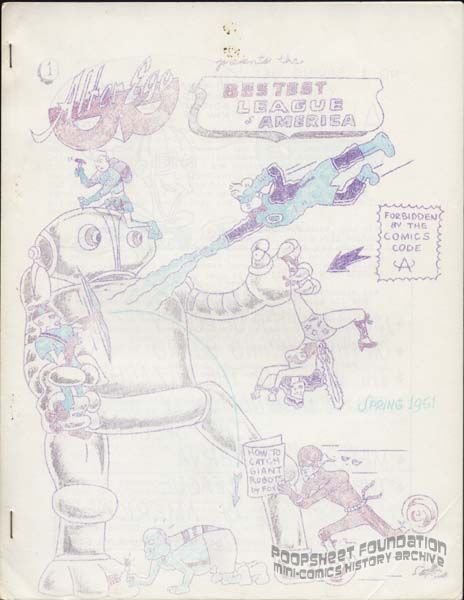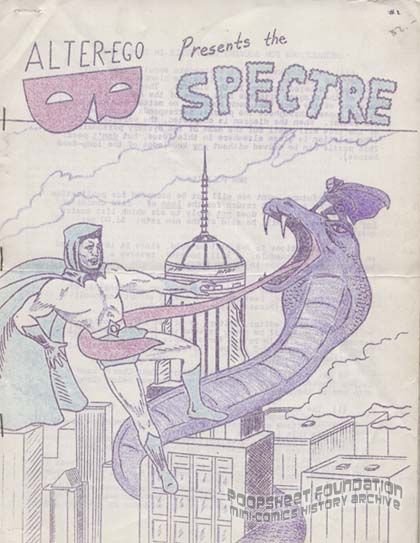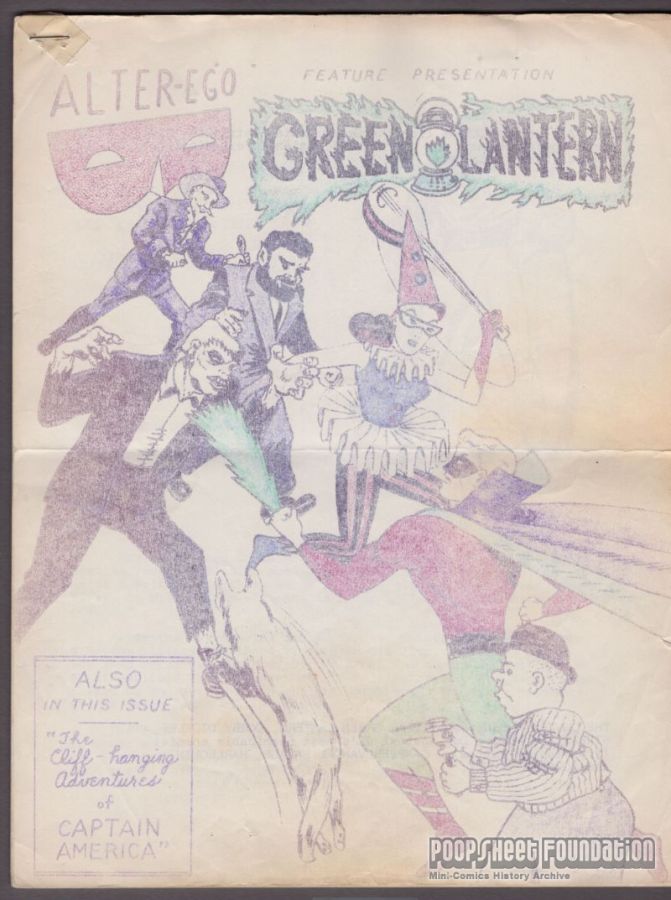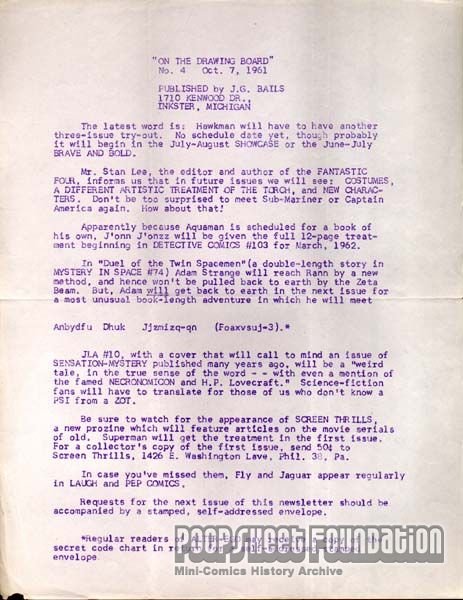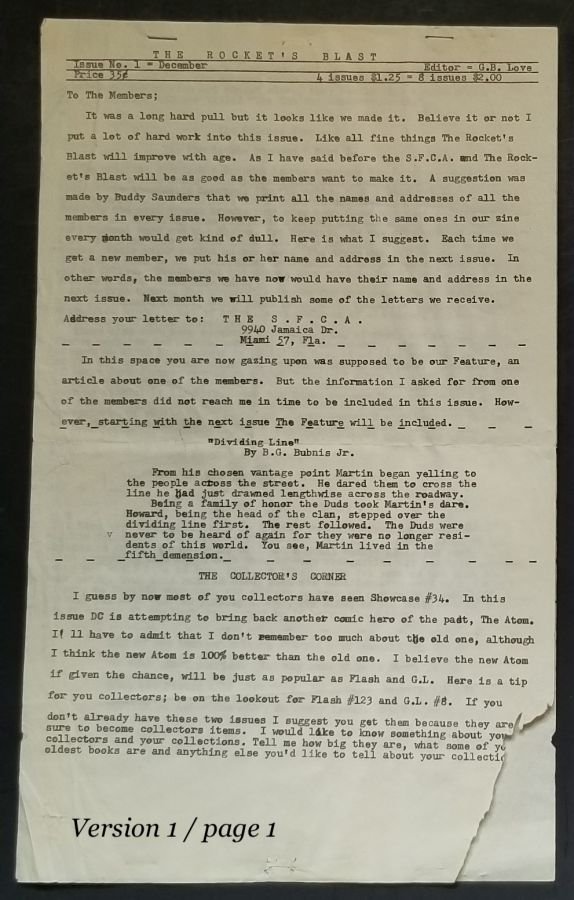What Is This Site?
A virtual archive of mini-comics, comic fanzines, small press comics, newave comix and related items. The physical archive, housed at PF headquarters, is being built with personal acquisitions as well as generous donations from supporters. This project is most definitely a work in progress.
All support is appreciated!
Donate › Patreon
Buy › Poopsheet Shop

